CURRENTLY SHOWING

SHEUNG WAN
Stuart Pearson Wright - Roadkill
27 Nov – 3 Jan, 2026
Flowers Gallery
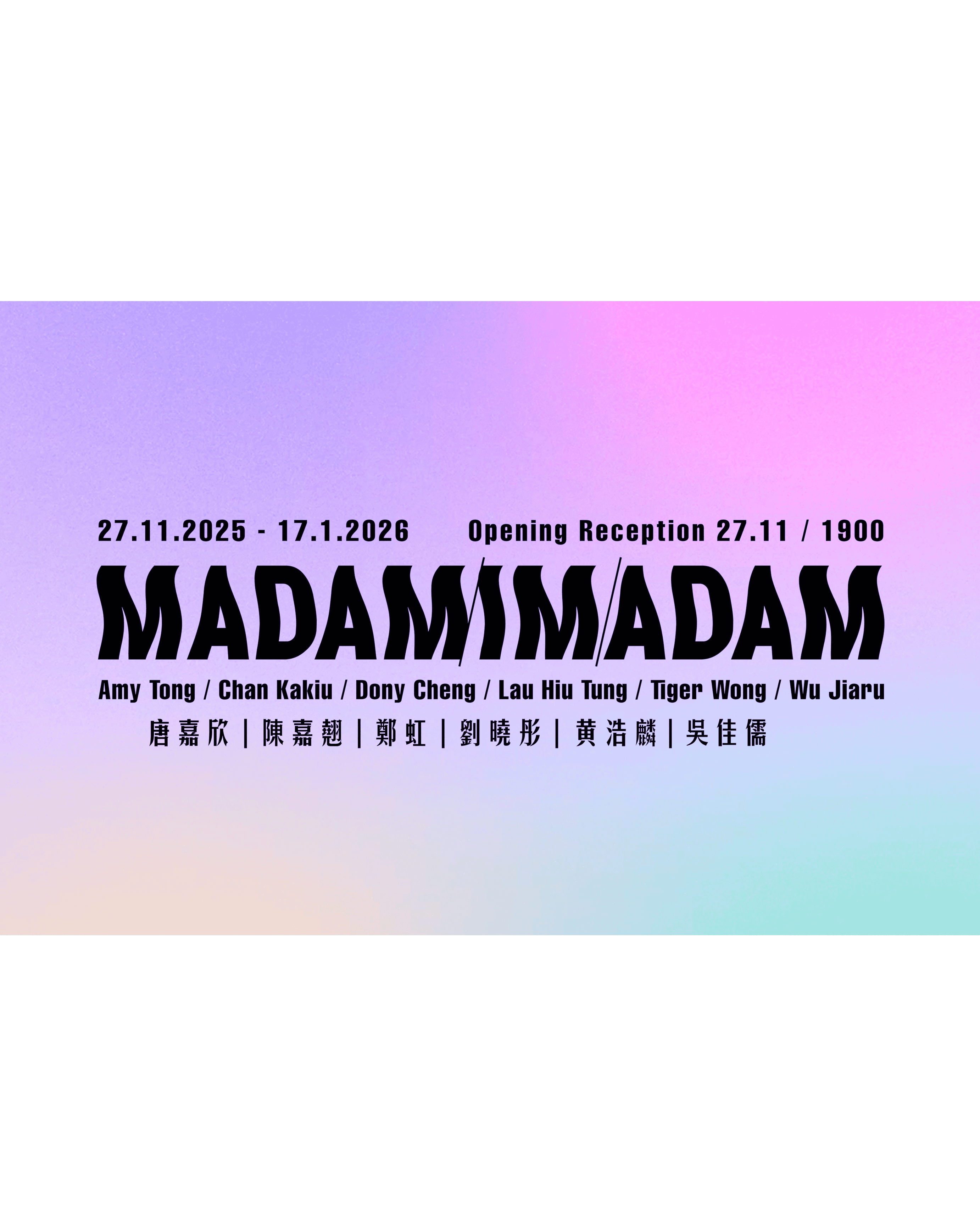
SAI WAN (WESTERN)
MADAM I'M ADAM
27 Nov – 17 Jan, 2026
HART HAUS
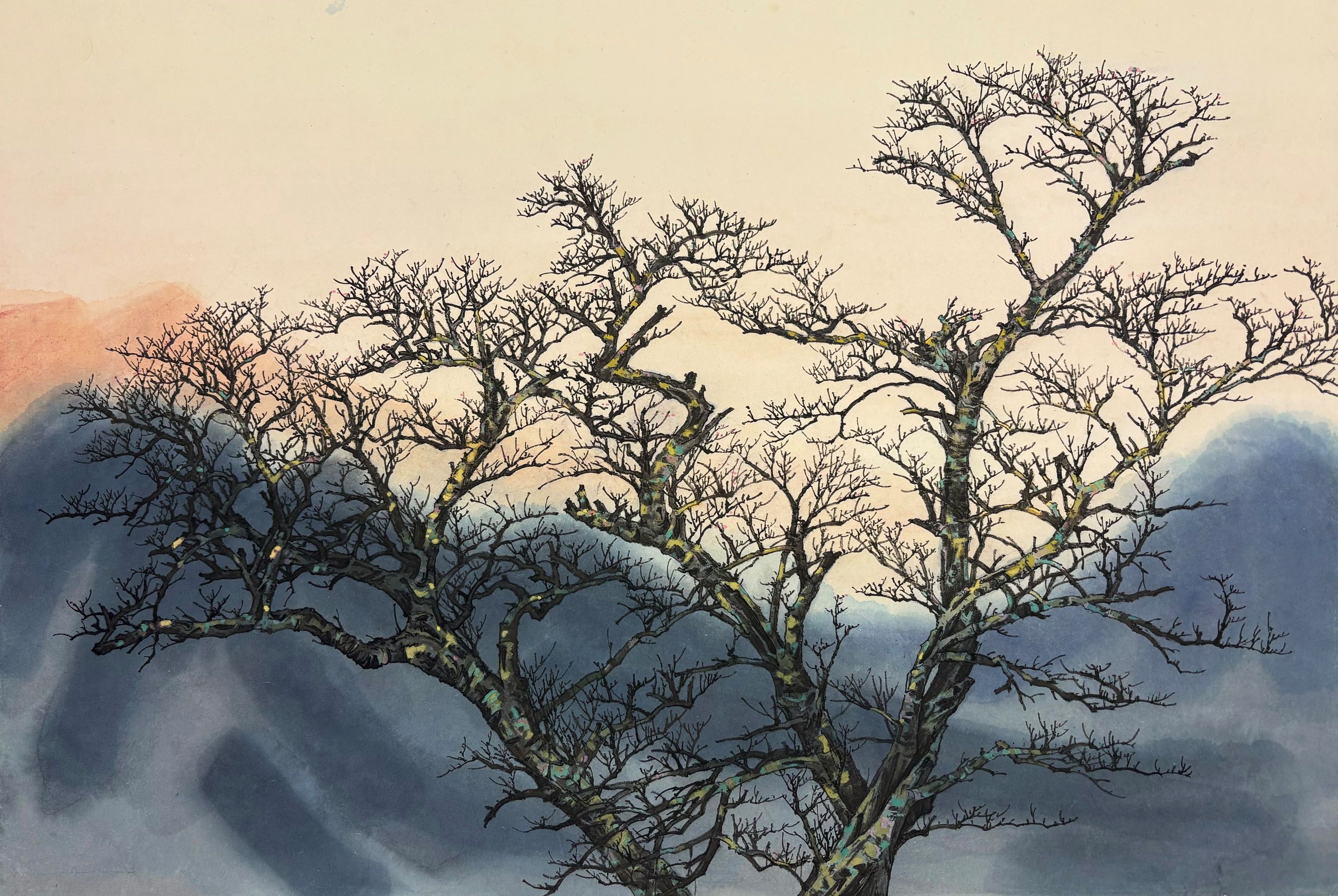
SOUTHERN
Spirit in Flux
22 Nov – 31 Jan, 2026
Alisan Atelier

SOUTHERN
Forms of Becoming
22 Nov – 3 Jan, 2026
WKM Gallery
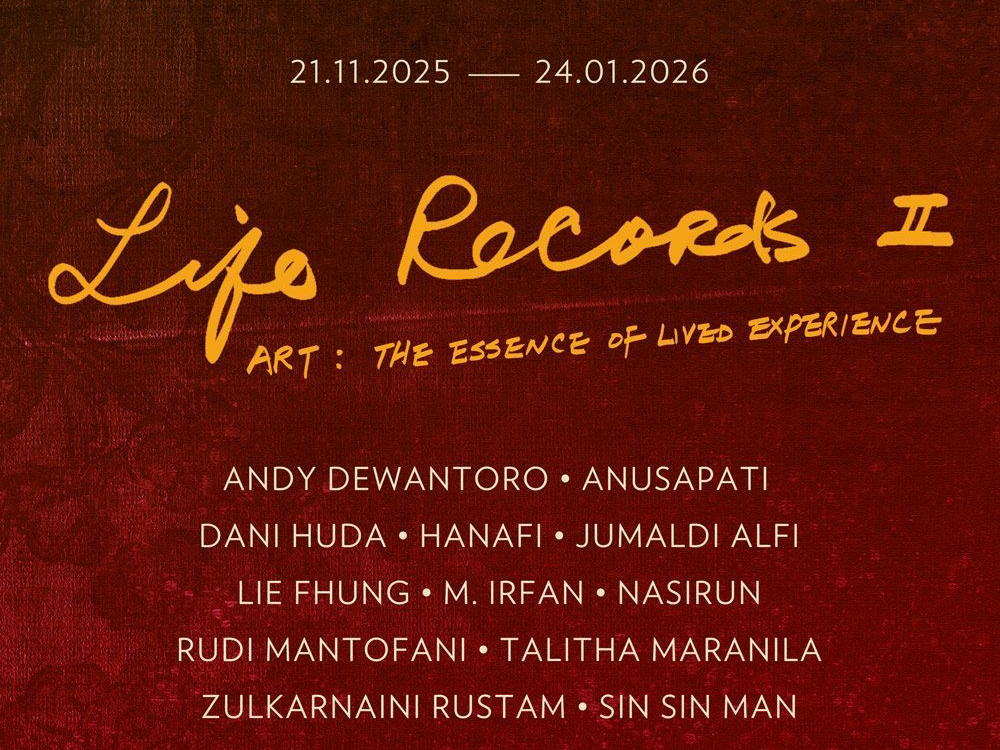
SOUTHERN
Life Record II
21 Nov – 24 Jan, 2026
Sin Sin Fine Art

CENTRAL
Wong Sau Ching:Unflowered Form
21 Nov – 10 Jan, 2026
Art of Nature Contemporary (Central)
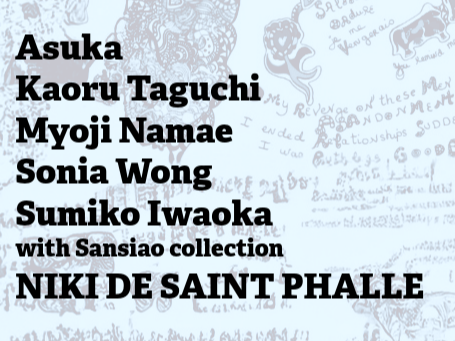
CENTRAL
Lomi
20 Nov – 19 Dec, 2025
Sansiao Gallery HK
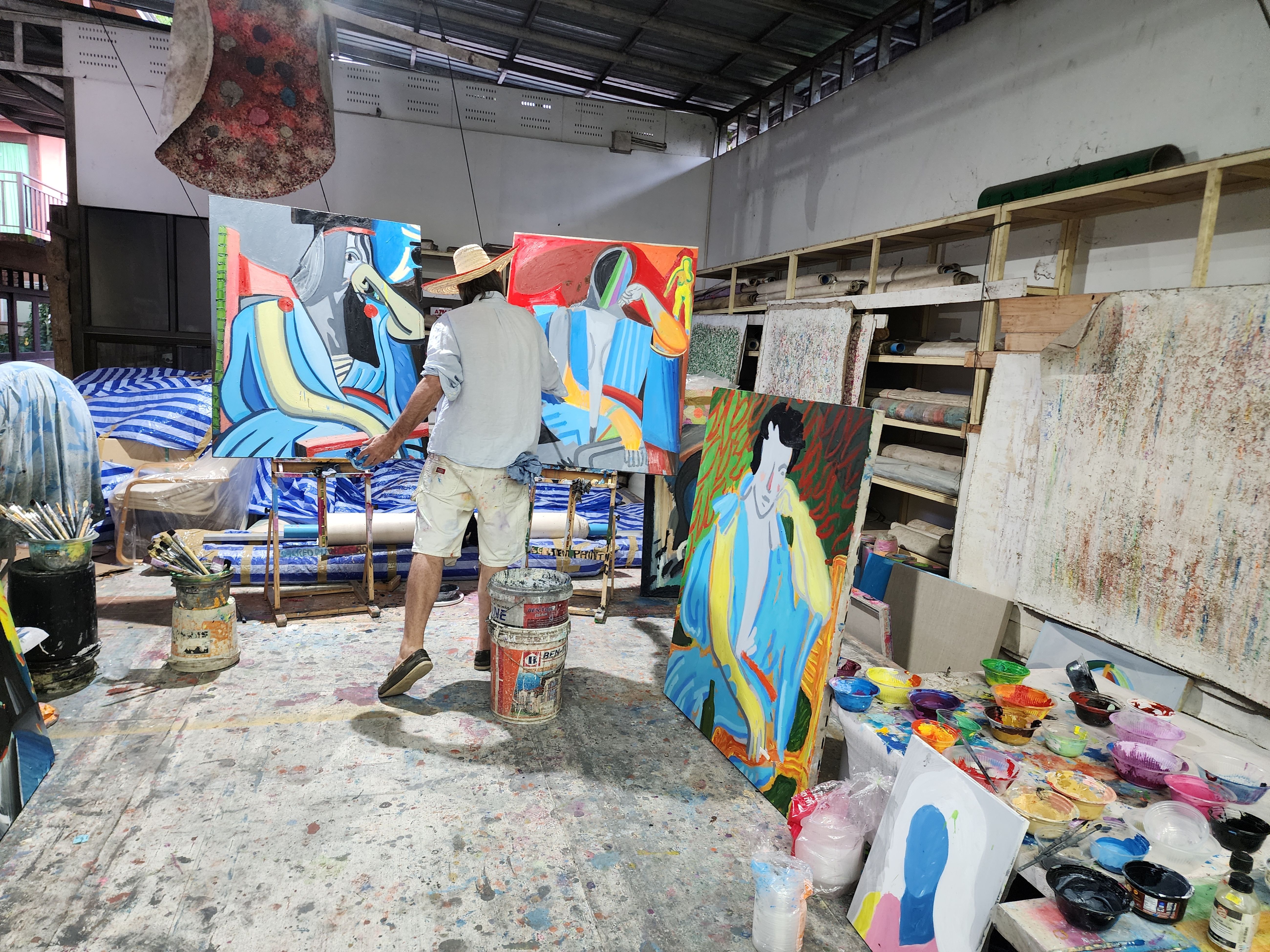
CENTRAL
Spencer Sweeney: Paint
19 Nov – 28 Feb, 2026
Gagosian

CENTRAL
Fung Ming Chip
19 Nov – 10 Jan, 2026
gdm (Galerie du Monde)
.jpg)
CENTRAL
Anonymous Monuments
15 Nov – 15 Dec, 2025
Tang Contemporary Art (Central)

SHEUNG WAN
Torii | Ulana Switucha
15 Nov – 14 Dec, 2025
Blue Lotus Gallery

KWUN TONG
Harbour Day
13 Nov – 7 Dec, 2025
WURE AREA
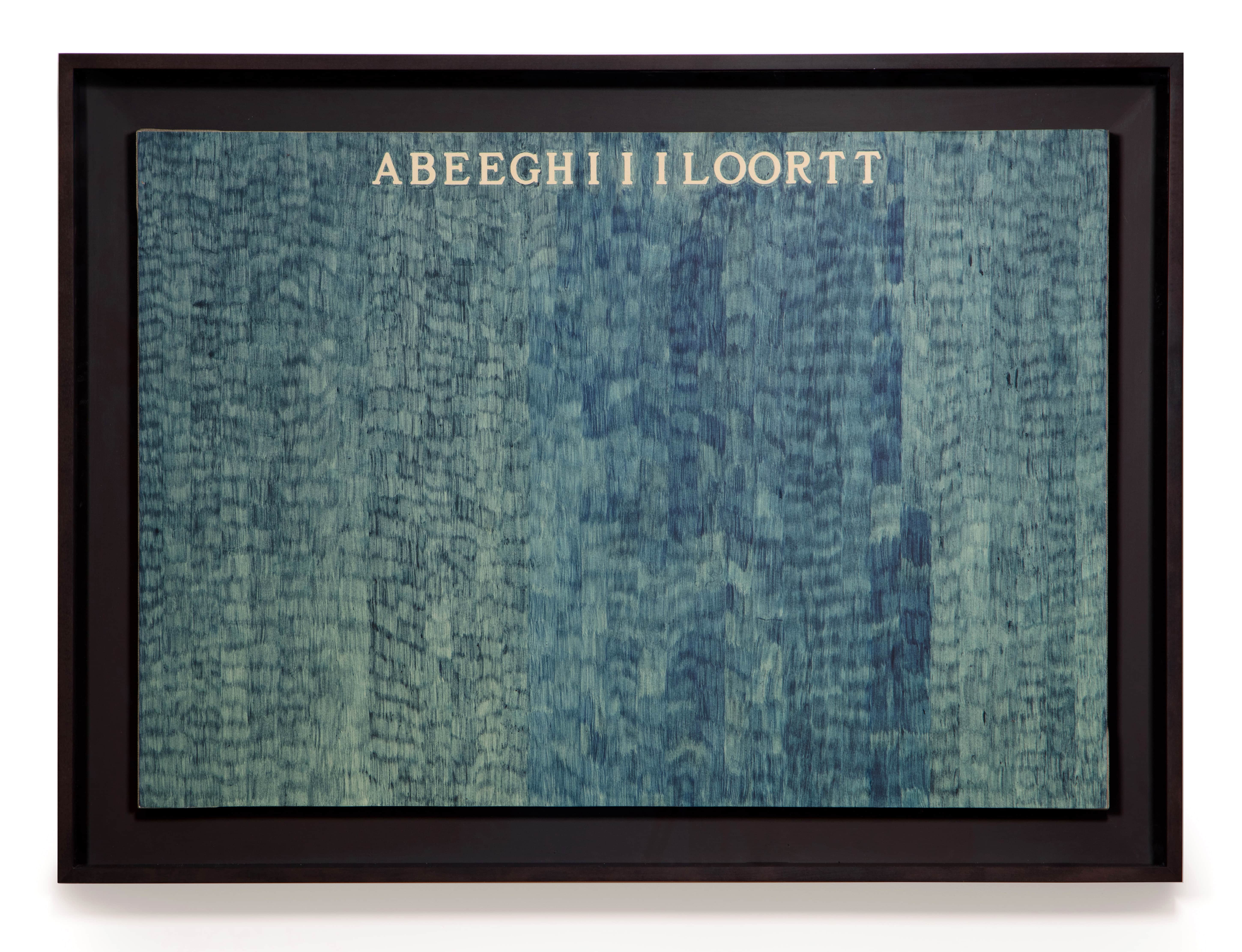
SOUTHERN
ALIGHIERO E BOETTI ONONIMO
12 Nov – 14 Feb, 2026
Ben Brown Fine Arts

CENTRAL
Cats in a Floating World
10 Nov – 31 Dec, 2025
I.F. Gallery

SOUTHERN
Moments | Ryan Cheng x Yuko Fukuba Johnsson
8 Nov – 31 Jan, 2026
wamono art
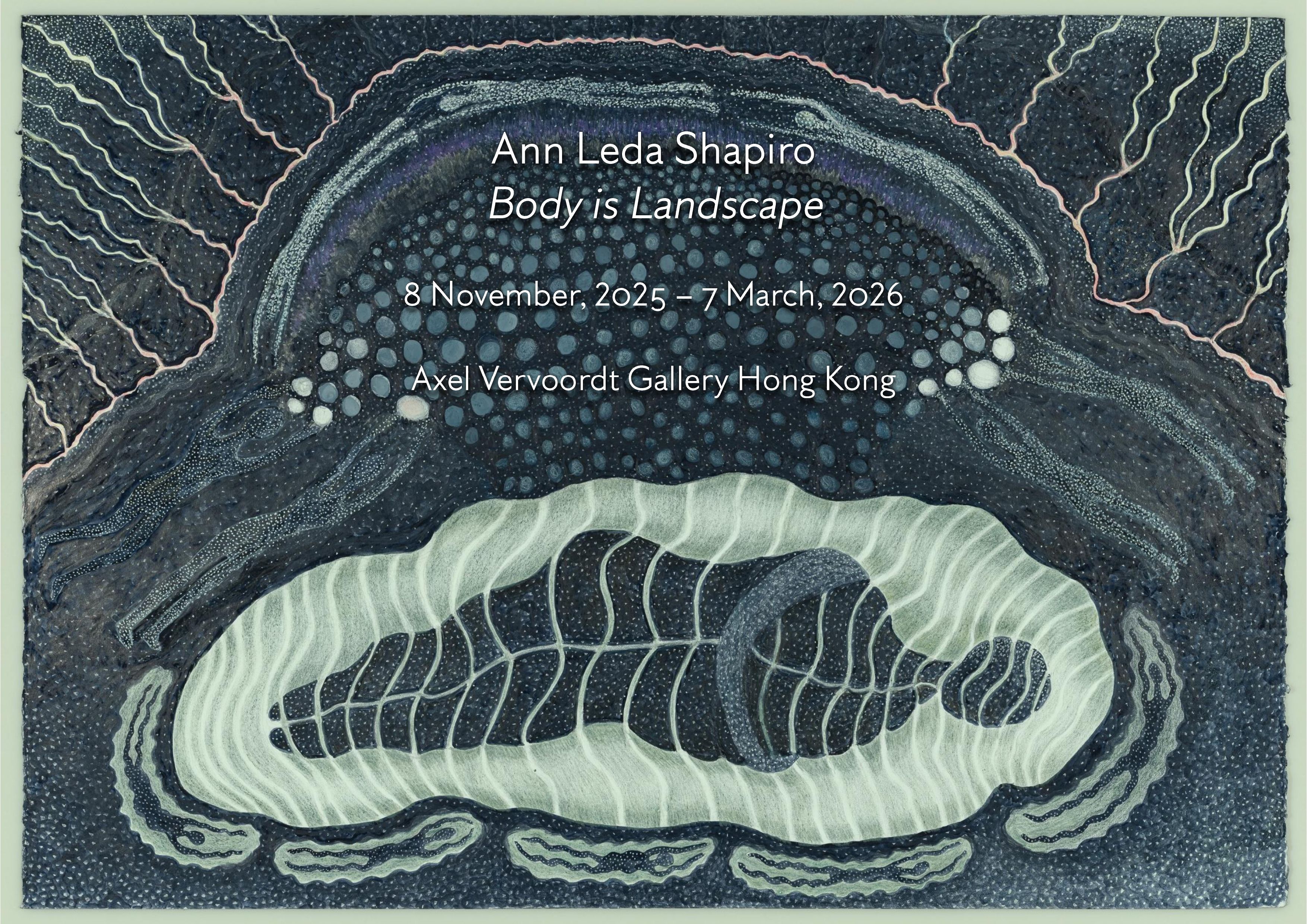
SOUTHERN
Ann Leda Shapiro: Body is Landscape
8 Nov – 7 Mar, 2026
Axel Vervoordt Gallery

SOUTHERN
Two Paths of Perception: Shiqing Deng & Nianxin Li Dual Solo Exhibition
8 Nov – 13 Dec, 2025
Tang Contemporary Art (Wong Chuk Hang)
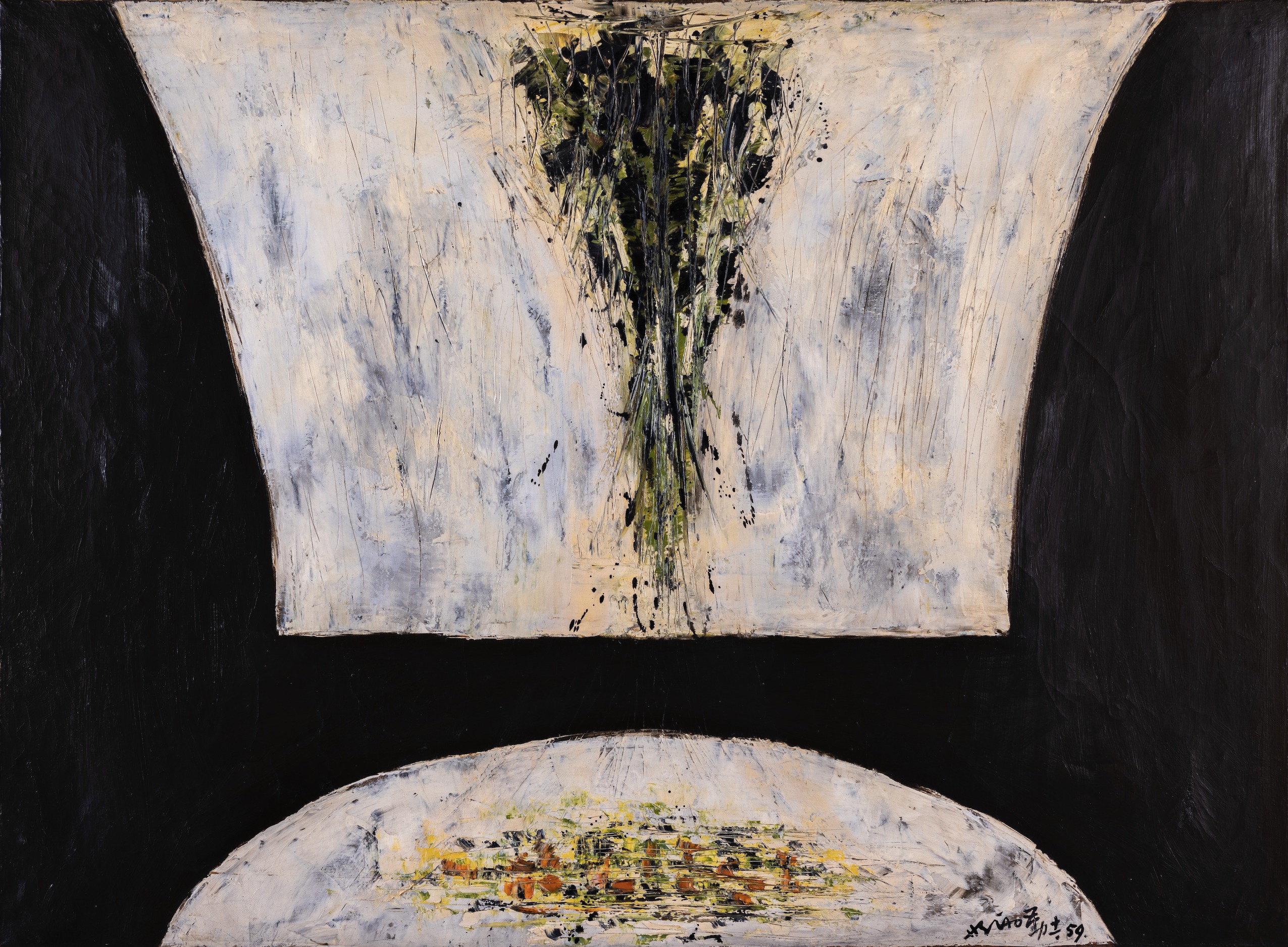
CENTRAL
Hsiao Chin Archives - The Light of Hope Exhibition
7 Nov – 31 Dec, 2025
3812 Gallery
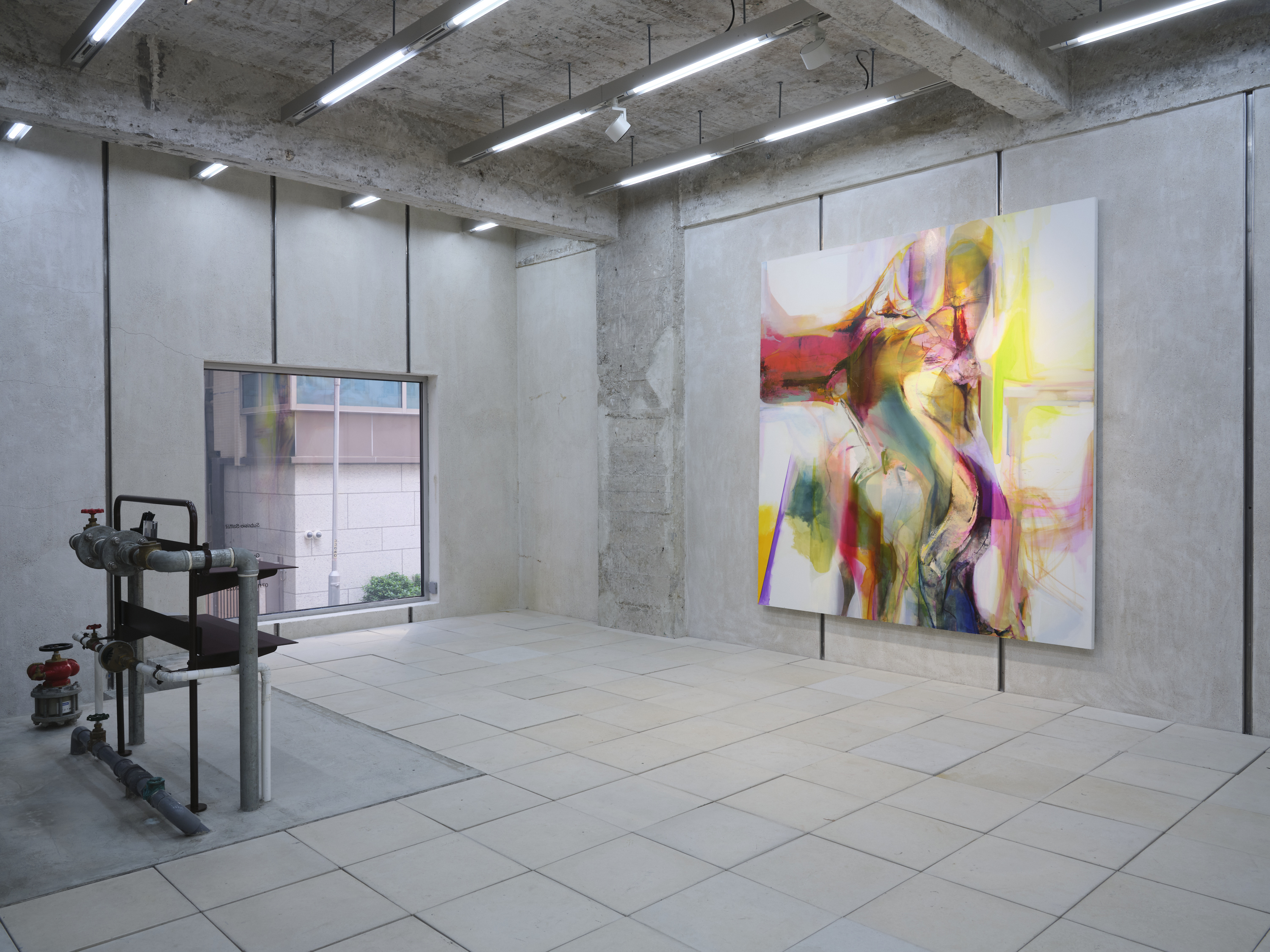
WAN CHAI
Subrisio Saltat
7 Nov – 24 Dec, 2025
Kiang Malingue

SOUTHERN
Jacky Tao Solo Exhibition: Ecstasy
1 Nov – 13 Dec, 2025
SC Gallery
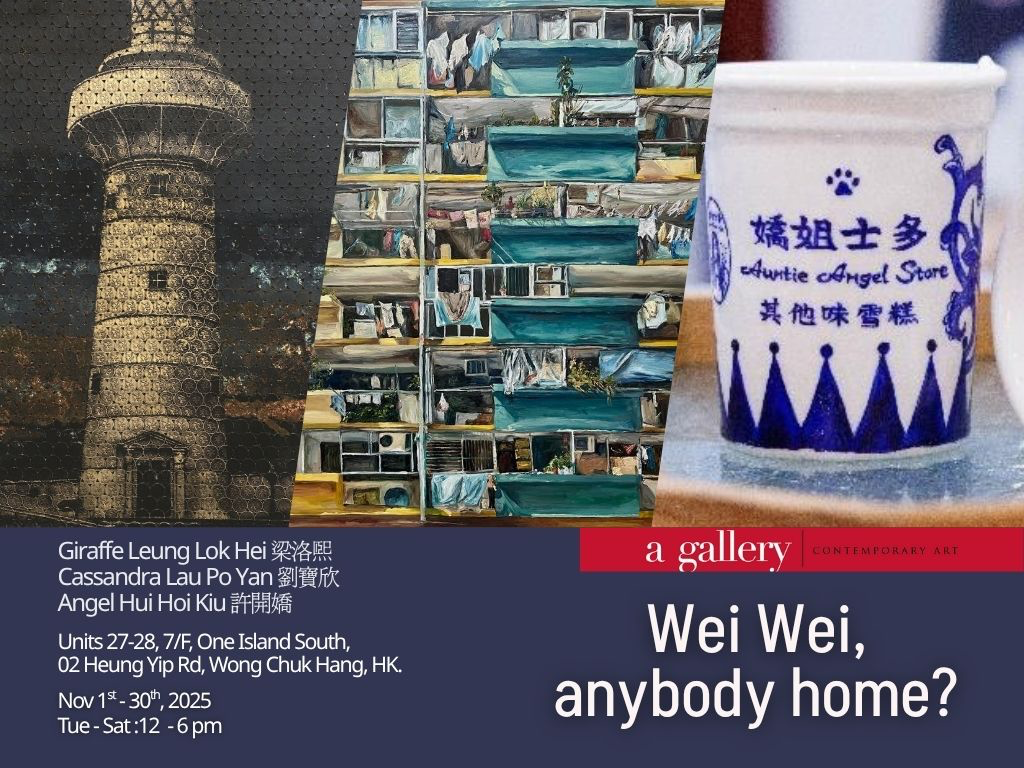
SOUTHERN
Wei Wei, anybody home?
1 Nov – 30 Nov, 2025
a Gallery
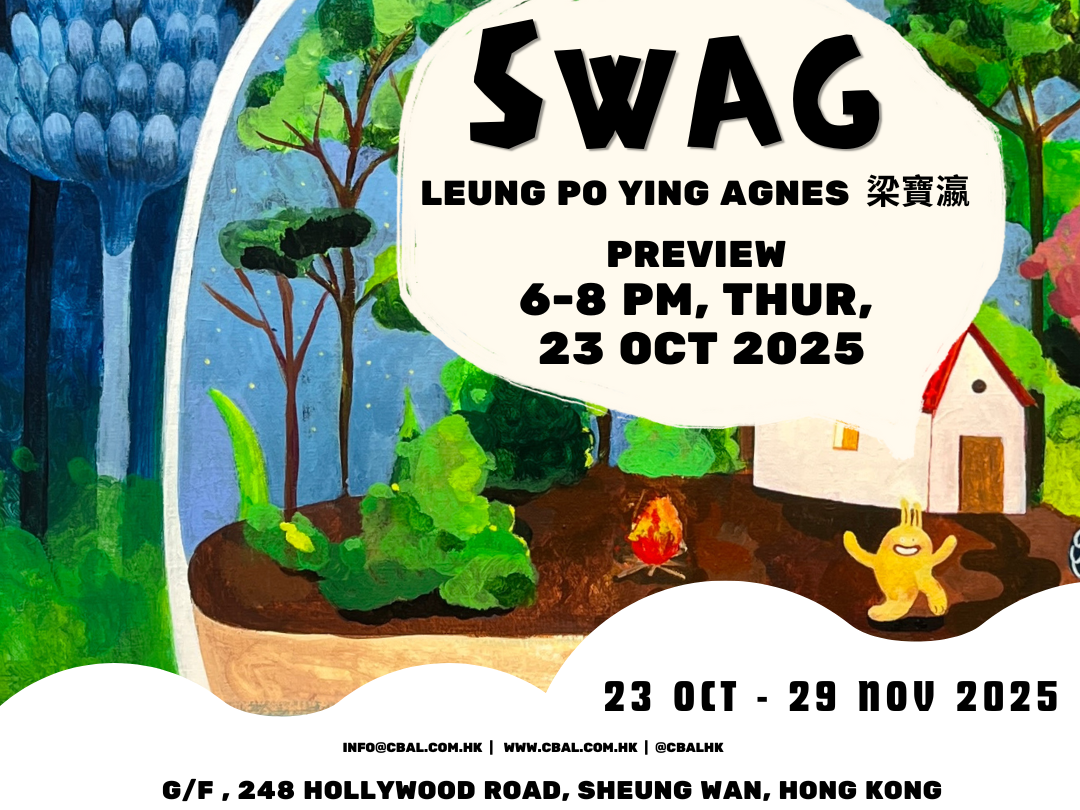
SHEUNG WAN
SWAG
23 Oct – 29 Nov, 2025
Contemporary by Angela Li

CENTRAL
Maria Lassnig. Self with Dragon
26 Sep – 28 Feb, 2026
Hauser & Wirth
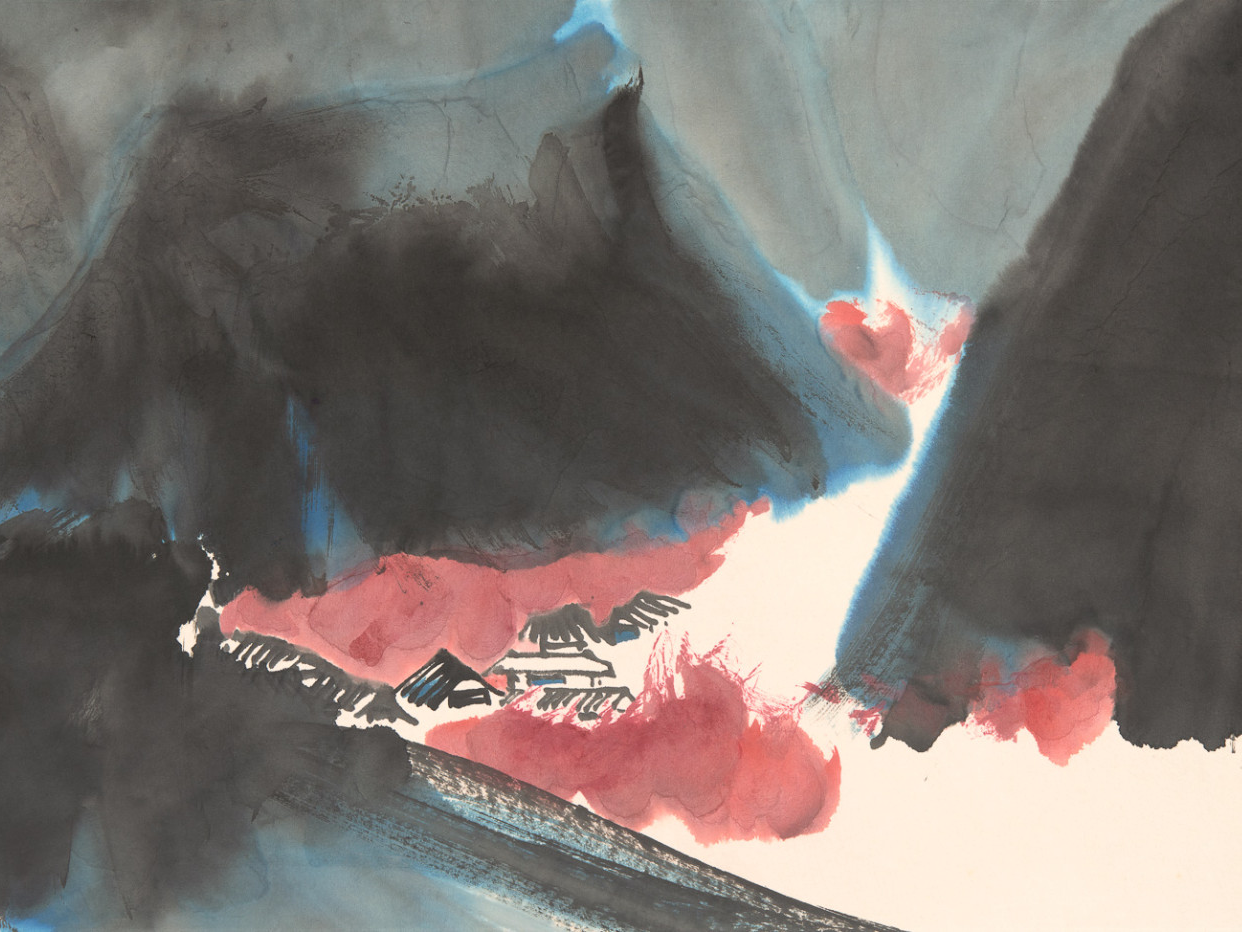
CENTRAL
Lui Shou-kwan: Artist Teacher Scholar
25 Sep – 6 Dec, 2025
Alisan Fine Arts
OPENING SOON
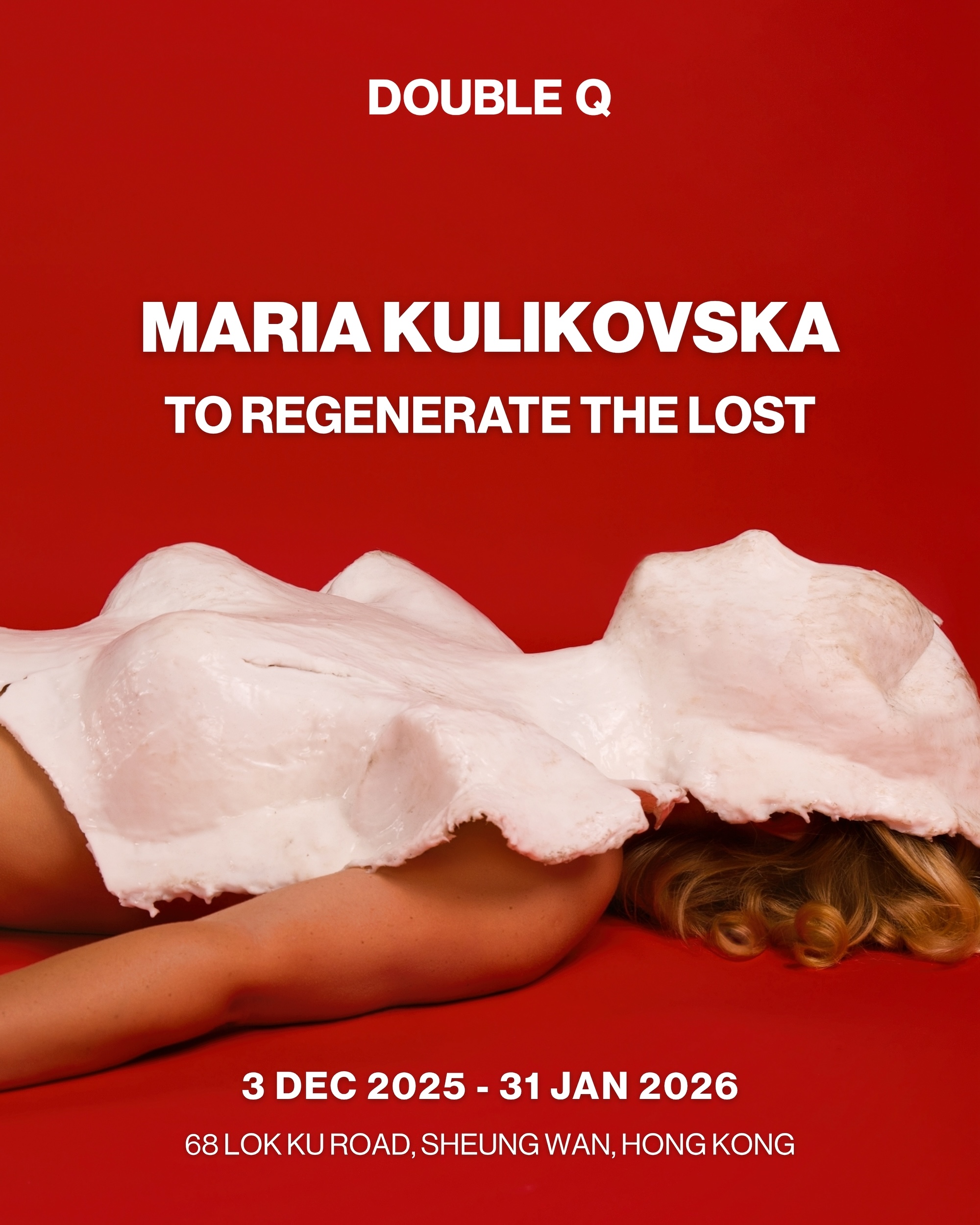
SHEUNG WAN
To Regenerate the Lost: A Solo Exhibition by Maria Kulikovska
3 Dec – 31 Jan, 2026
Double Q Gallery

SHEUNG WAN
Jasmine Mansbridge: Kaleidoscope City
4 Dec – 17 Jan, 2026
Soluna Fine Art
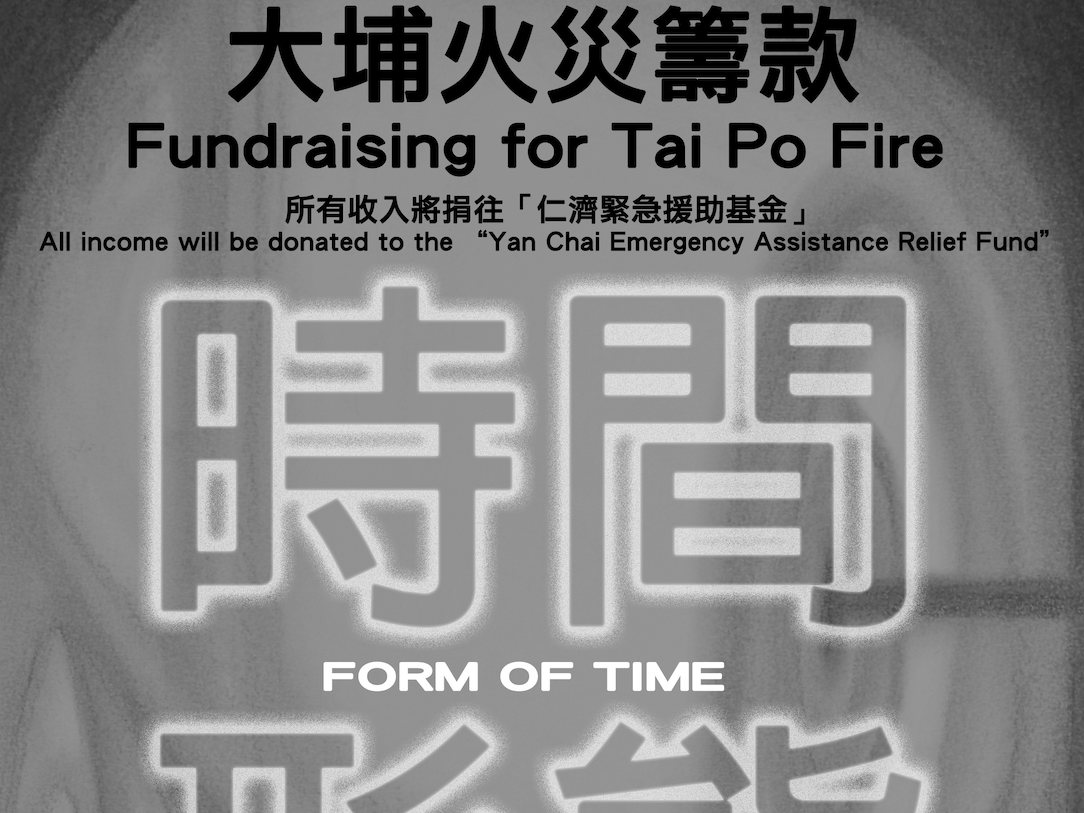
SHEUNG WAN
【Fundraising for Tai Po Fire】LIN Yusi: Form of Time
4 Dec – 15 Jan, 2026
Leo Gallery
.png)
WAN CHAI
Hong Kong Art School 25th Anniversary Exhibition
10 Dec – 8 Jan, 2026
Hong Kong Arts Centre
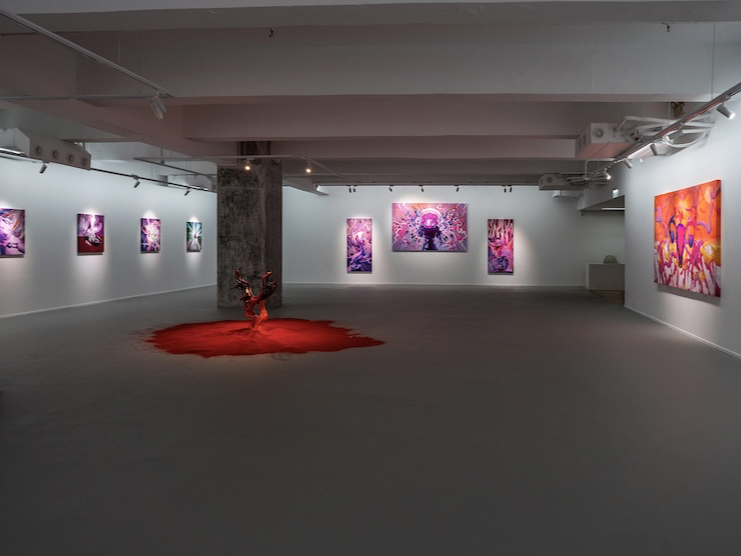
SOUTHERN
Caison Wang: Limerent Warrior • The Digital Reincarnation
22 Dec – 17 Jan, 2026
DE SARTHE
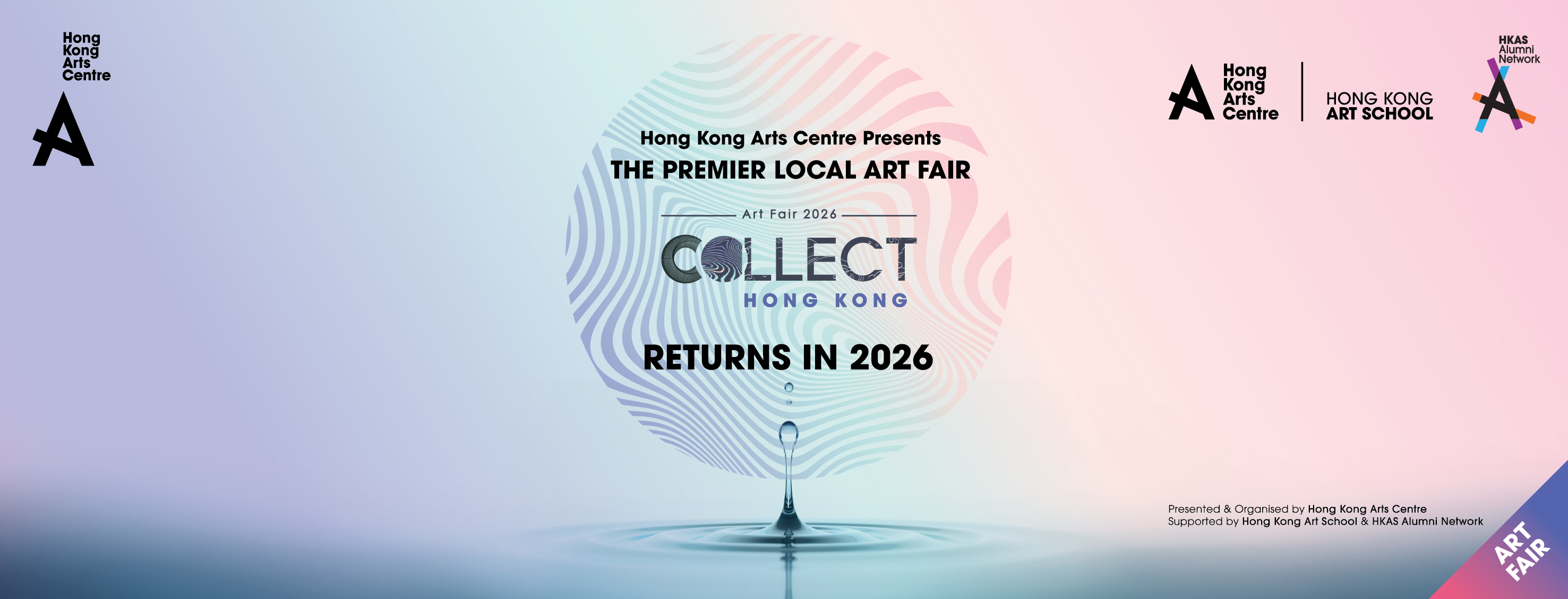
WAN CHAI
Collect Hong Kong Art Fair 2026
21 Mar – 29 Mar, 2026
Hong Kong Arts Centre
Two Paths of Perception: Shiqing Deng & Nianxin Li Dual Solo Exhibition
8 Nov – 13 Dec, 2025
Tang Contemporary Art (Wong Chuk Hang)
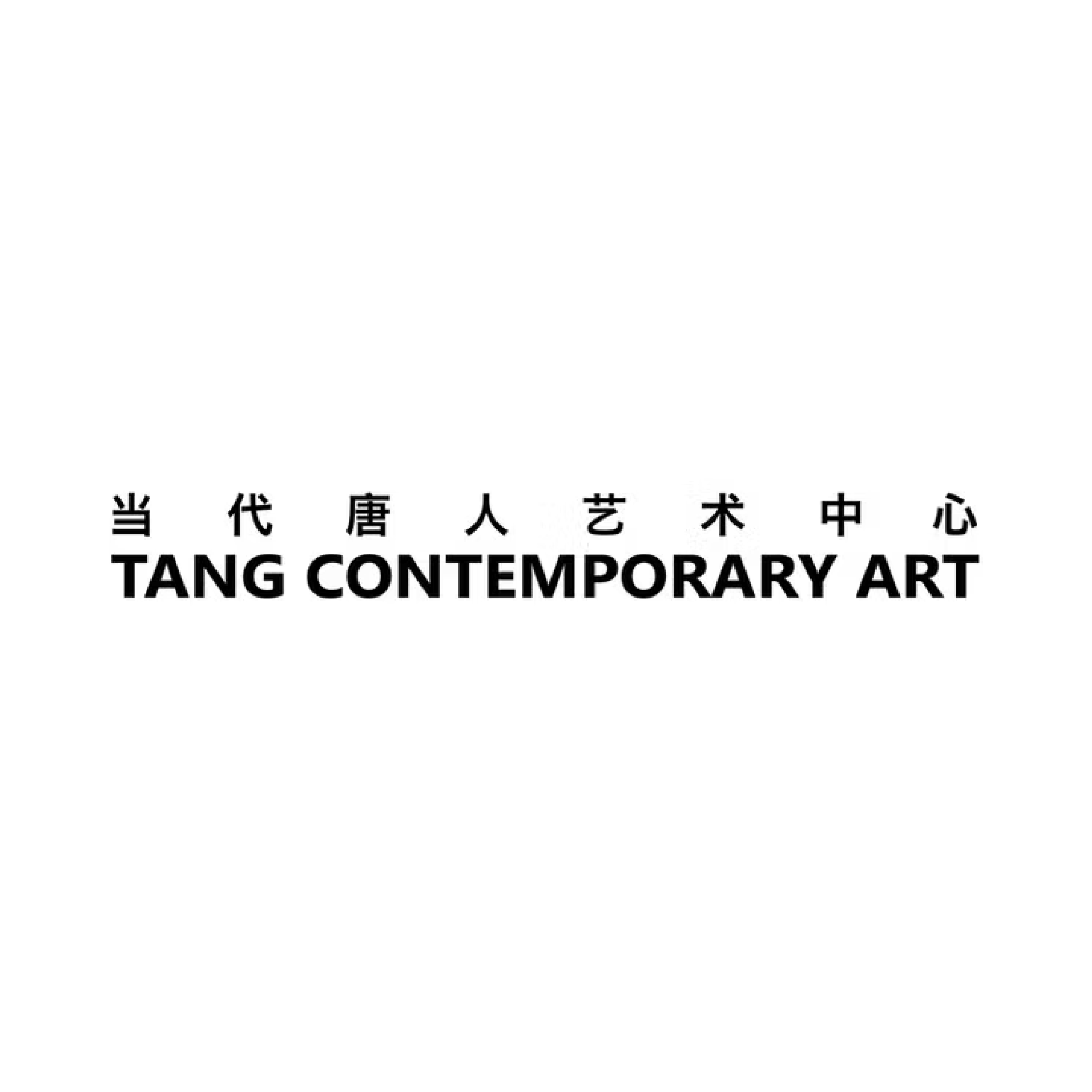
Tang Contemporary Art (Wong Chuk Hang)
Address: Unit 2003-08, 20/F, Landmark South, 39 Yip Kan Street, Wong Chuk Hang
Opening Hours: Tue–Sat 11am–7pm
Phone: +852 3703 9246
Website: tangcontemporary.com

